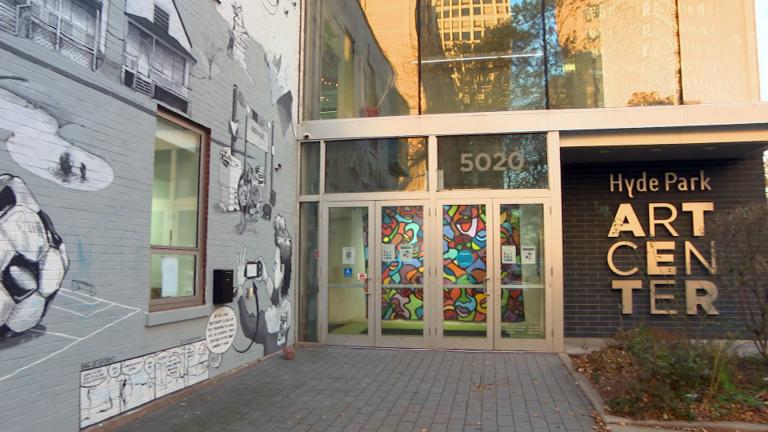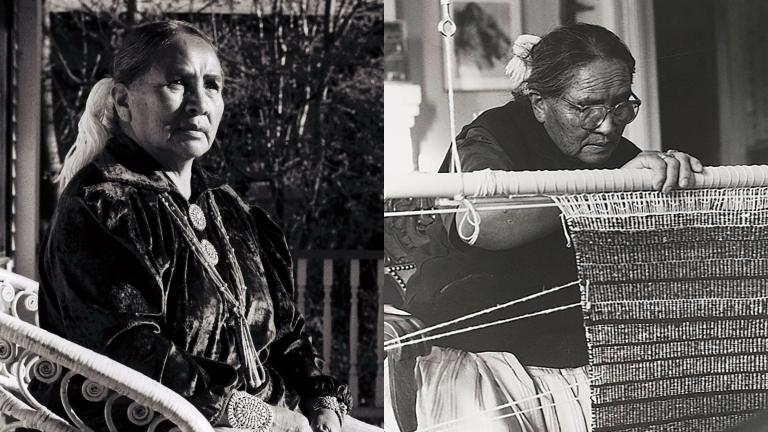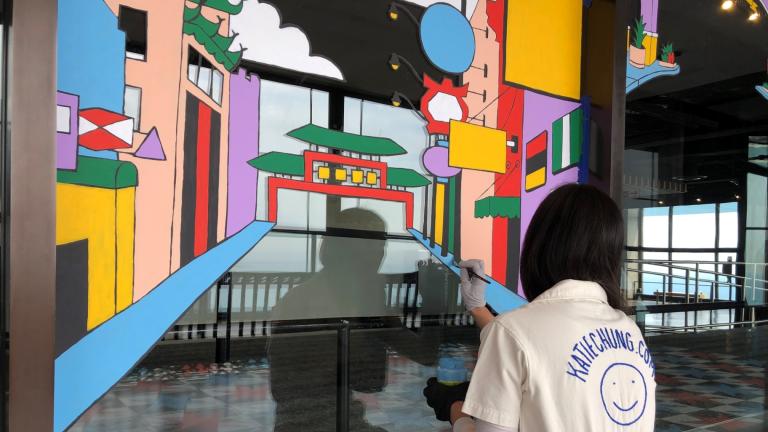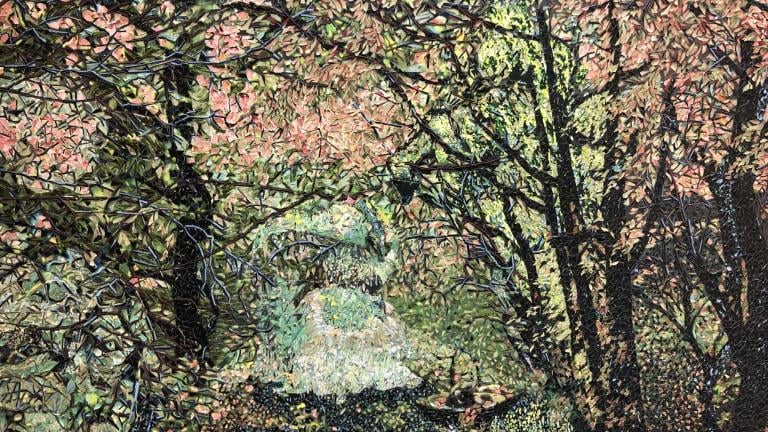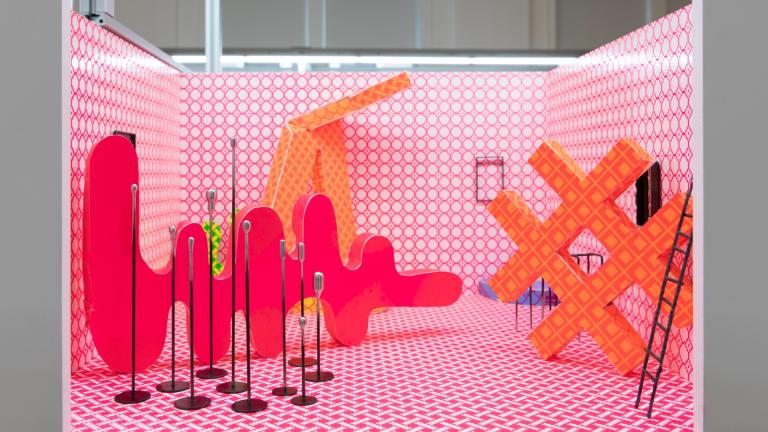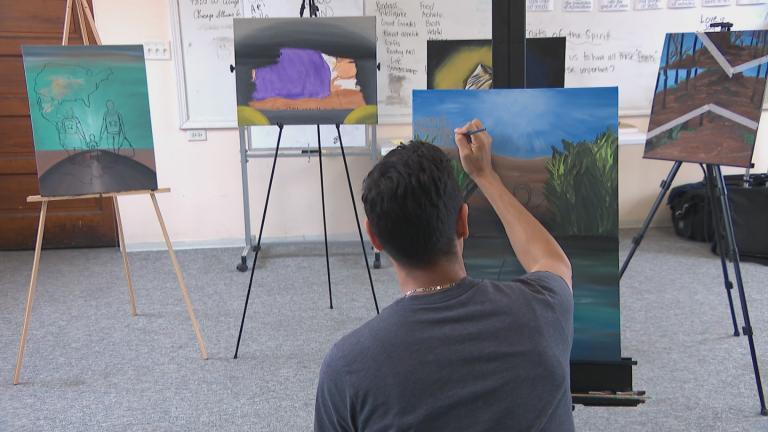Big things can come in small packages, and that certainly goes for artwork as well. A local maker of miniatures has a direct connection to the Thorne Rooms – those ever-popular scale-model rooms on view at the Art Institute. We explored some awe-inspiring little worlds on display in a new setting.
TRANSCRIPT
Marc Vitali: They are jewel boxes filled with diminutive delights in three dimensions.
From the captain’s cabin of a 17th Century pirate ship to a medieval library in Normandy, France, the Kupjack miniature rooms inspire the imagination.
Jay Kupjack, Miniaturist:
You really get to suspend your disbelief. That’s kind of what it’s all about, and the viewer creates the scene. They add the story. Whatever happens in your mind when you look at it, it is individual to each person and whatever they get out of it. They create that experience themselves.
We just create a scene for you to explore.
Vitali: Also, on display – a recreation of Alexander the Great’s siege tent from 300 BC.
The works were made by Jay Kupjack and his late brother Hank. Jay and Hank are the sons of Eugene Kupjack, who in the 1930s created the Thorne Rooms at the Art Institute of Chicago. Those meticulous miniatures have been on permanent display at the museum since 1954.
Miniature rooms can take more than a year to create, but when it’s the family business it becomes second nature.
Kupjack: I mean, it looks like it’s a lot of work but none of the drawers open on the little cabinets. There’s no upholstery in the little chairs. It’s a lot easier to make a small piece of furniture than a big one. There’s no 2x4s in the walls, there’s no drywall. There’s electric but there’s no outlets in the walls, there’s no plumbing.
Vitali: For the first time, some of the miniature rooms made by Hank and Jay Kupjack are on display in a gallery setting.
Victor Armendariz, Gallery: We have a show called “Wunderkammer,” which is a cabinet of curiosities. It’s a word that came to be in about 1600.
A cabinet of curiosities can be an entire room, or it can be a little box that you put something in, or it can just be an object itself. The idea of it is to pull something in that is strange and otherworldly and then have that live among the rest of the things in your home.
They’re this combination of art and science and nature and mysticism and they were actually precursors to museums.
Vitali: The show also includes a recreation of the studio space of an esteemed local artist who has been working in Pilsen for more than half a century.
Marcos Raya, Artist: When Victor [Armendariz] came to my studio the first time he was attracted to my stuff and he decided to recreate a wall that I had. I’m really excited to be part of this show because it makes so much sense to put it all together, because it’s all objects.
Armendariz: The real honor of this show is to feature the Kupjack miniature rooms.
Vitali: When you’ve been making little wonders your whole life, it’s no big deal.
Kupjack: The actual work itself, either you can do it or you can’t. It’s hard to teach somebody good design sense or proportions or dexterity. Either you can do things or you can’t do them.
Neither one of us, Hank or I, didn’t really plan on being miniaturists. He was going to be an architect. I was going to be an engineer. And then all of a sudden there we were, and now I’m too old to do anything else.
There’s tens of thousands of painters, but there’s not too many miniature room artists.
As we mentioned, Kupjack miniature rooms can take over a year to make. And if you want one, start saving your money because you’ll be paying in the low six figures.

